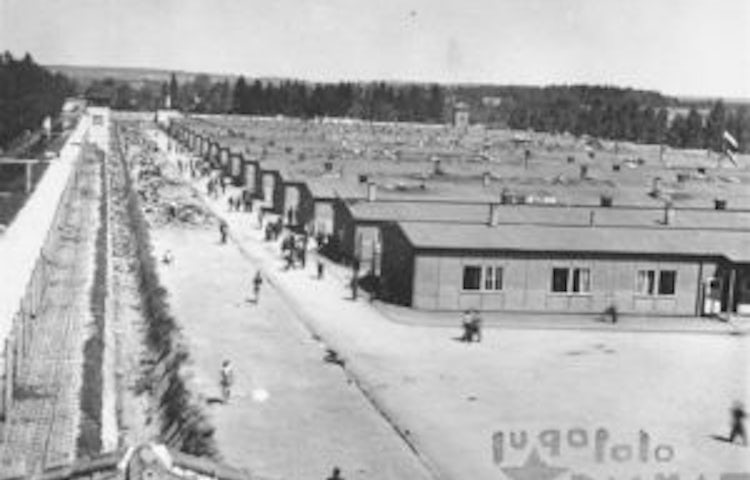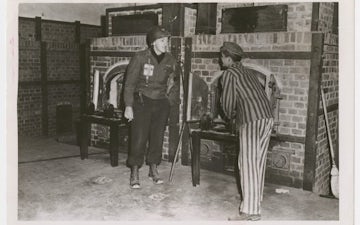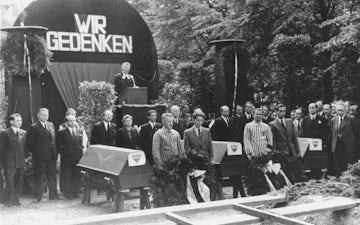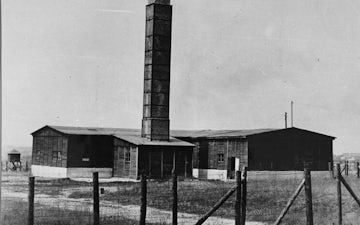
Germany’s first concentration camp, Dachau, opened following Hitler’s appointment as Chancellor in 1933 and originally interned political prisoners. It quickly grew and served as a model for future concentration camps throughout Europe.
Other major concentration camps before 1939 were Buchenwald, Ravensbrück, Sachsenhausen, and Dora-Mittelbau in Germany; Mauthausen in Austria
During the war, camps were opened across Nazi-occupied Europe; Theresienstadt, or Terezin, in Czechoslovakia; Stutthof and Gross-Rosen in Poland; Westerbork in the Netherlands; and Drancy in France.
The principal death camps, where more than 3,000,000 Jews were murdered, were Auschwitz-Birkenau, Belzec, Chelmno, Majdanek, Treblinka, and Sobibor, all located in German-occupied Poland.
At the end of the war, the camp at Bergen-Belsen, originally intended as an exchange camp for privileged inmates, expanded to become a collection center for Jews being transported across Europe beyond the reach of the advancing Allies. In the fall and winter of 1944-1945, inmates from Auschwitz and many other camps were brought there, often on death marches, expanding the camp’s population far beyond its intended capacity of under 10,000 inmates. When it was liberated by the British in 1945, troops found 60,000 survivors, starving and dying of disease, amidst thousands of un-buried corpses.
Key Locations:
Dachau: the first Nazi concentration camp, established in 1933 for opponents of the regime. It became an SS training center and “model” concentration camp.
It was expanded in 1937 and remained operational until 1945. Brutal living conditions, forced labor and medical experiments all contributed to a death toll that historians have been unable to calculate. During the war, at least 28,000 people died there, including many who were evacuated there on the death marches. It was liberated by American troops on 29 April, 1945.
Ravensbrück: established in 1939, Ravensbrück was a camp intended almost exclusively for women. It was located about fifty miles north of Berlin. Although it began with a transport of just 900 women, by 1942 the population had risen to around 10,000: in January 1945, the camp population was more than 50,000.
Prisoners came from more than 30 countries, and were imprisoned for all kinds of reasons. Political opponents, “asocials”, Jehovah’s Witnesses, the “workshy” and those who broke the racial laws were imprisoned alongside common criminals. All these groups were subject to forced labour: by the end of the war it was the administrative center of a network of over 40 subcamps. Medical experiments and sexual exploitation were also defining aspects of the experience of Ravensbrück. In April 1945, SS guards forced 20,000 women on a death march, ahead of the camp’s liberation by the Red Army on 29-30 April, 1945.





